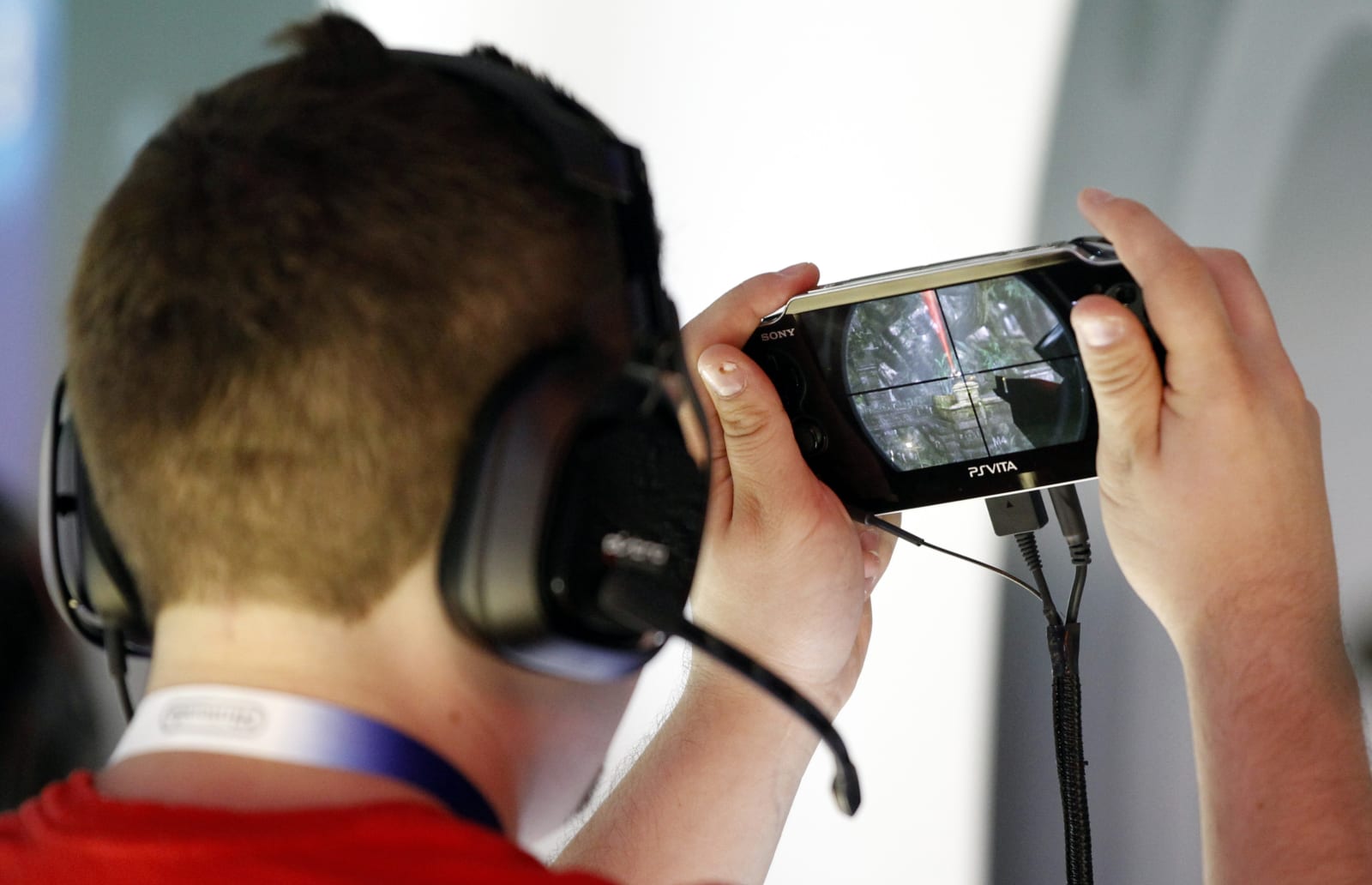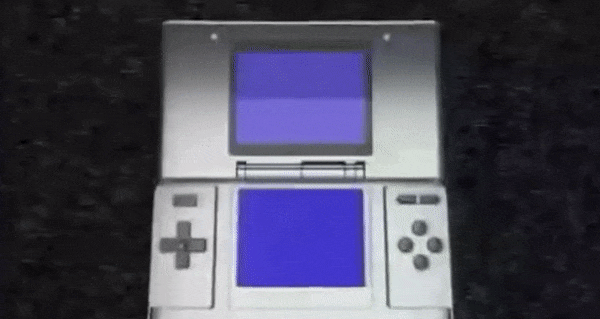 The PlayStation Vita is hanging on by a thread. Sony Worldwide Studios president Shuhei Yoshida said in 2015 there was no hope for a follow-up to the handheld console, and since then, the Vita machine has been quietly winding down. Sony is halting production of physical Vita games across Europe and North America on March 31st, 2019, though Sony Japan will continue to churn out carts in the domestic market -- for now. The Vita has garnered a cult following since its Japanese launch in 2011 (2012 for Western audiences). It entered the scene pitched as a powerful handheld with a digital marketplace, OLED display and a broad variety of touch- and movement-based input methods. Major franchises flooded the device, including Persona, Call of Duty, Assassin's Creed and LittleBigPlanet, and it became a welcome home for indie games like Hotline Miami, Murasaki Baby, OlliOlli and Fez. The Vita could even be used as a controller for the main PlayStation, and Sony later built a microconsole called PlayStation Vita TV that allowed users to remotely access their PS4 games, and play Vita, PSP and PS1 games on the big screen. This is an idea that Nintendo capitalized on with the Switch, a hybrid portable-stationary console that's found great success since its 2017 debut. 
Sony may have had the framework for success with the Vita, but the pint-sized console never caught fire the way the company needed. For one, it cost a lot at launch -- $250 for a WiFi-only model or $300 (plus the cost of an AT&T data plan) for a WiFi-3G combo -- and its confusing, expensive memory card scheme scared off some players. In 2013, Sony cut the price of the console to $200, regardless of the model, and discounted its associated memory cards, but sales remained sluggish. Vita TV didn't help matters much: It went on sale in North America and Europe in November 2014 and was discontinued by late 2015. Today, the Vita is still getting new games, like Stardew Valley, Cosmic Star Heroine, Persona 3: Dancing in Moonlight and Persona 5: Dancing in Starlight. However, Sony's vision for mobile gaming has shifted away from the Vita; executives seem more interested in building new consoles with integrated portable options rather than supporting a disparate handheld. This is in stark contrast to Nintendo's approach with the 3DS, a handheld that also debuted in 2011 but quickly exploded in popularity. Today, Nintendo has sold more than 70 million 3DS consoles, while Sony has sold an estimated 16 million Vitas. 
Even though the Switch, Nintendo's newest console, offers portable gaming in a new, shiny package, executives say they plan to support the 3DS for a while longer. Still, the console isn't immortal -- sales of the 3DS have halved since 2014, falling from about 12 million in the 2014 fiscal year to 6 million in the 2018 fiscal year, which closed in March. The best-selling portable console in history, the Nintendo DS, had a lifespan of nine years; mirroring its model would give the 3DS another two years. Sony, it seems, wants to end things even sooner for the Vita. Despite lackluster sales and shrinking support, the Vita will go down in history as a beloved handheld with a passionate, though relatively small, fanbase. It's something Sony executives will be able to point to on-stage at E3 2022 with an air of nostalgia, saying, "10 years ago, we pushed the limits of portable gaming with the Vita," or some other slightly revisionist spin, and it'll go over well. But, just ahead of E3 2018, the Vita is getting little buzz and even less love from Sony. When looking at the raw data, it's easy to see why. Here's how the Vita stacks up to four legendary handhelds: Nintendo DS, 3DS, Game Boy and PlayStation Portable. PlayStation Vita 
Lifespan: 2011 - soon Base price: $250 Adjusted for inflation (2018): $284.42 Units sold: 16 million Models: Vita, Vita Slim Top-selling game: Minecraft (2.46 million) Nintendo DS 
Lifespan: 2004 - 2013 Base price: $150 Adjusted for inflation (2018): $202.93 Units sold: 154.02 million Iterations: DS, DS Lite, DSi, DSi XL Top-selling game: New Super Mario Bros (30.80 million)
Nintendo Game Boy 
Lifespan: 1989 - 2003 Base price: $90 Adjusted for inflation (2018): $186.20 Units sold: 118.69 million Iterations: Game Boy, Game Boy Pocket, Game Boy Lite, Game Boy Color Top-selling game: Tetris (35 million) PlayStation Portable 
Lifespan: 2004 - 2014 Base price: $250 Adjusted for inflation (2018): $338.21 Units sold: 80 million Models: PSP-1000, PSP-2000, PSP-3000, PSP Go, PSP Street Top-selling game: Grand Theft Auto: Liberty City Stories (7.67 million)
Nintendo 3DS 
Lifespan: 2011 - present Base price: $170 Adjusted for inflation (2018): $193.41 Units sold: 72.53 million (and counting) Iterations: 3DS XL, 2DS, New 3DS, New 3DS XL, New 2DS XL Top-selling game: Mario Kart 7 (17.04 million)
via Engadget RSS Feed https://ift.tt/2JwelA0 |
Comments
Post a Comment